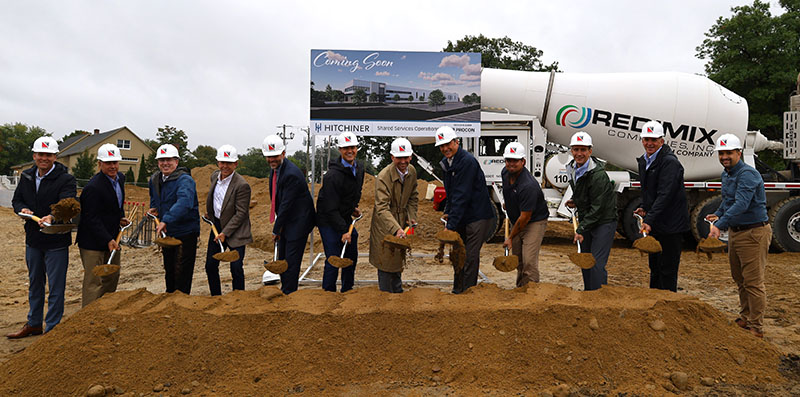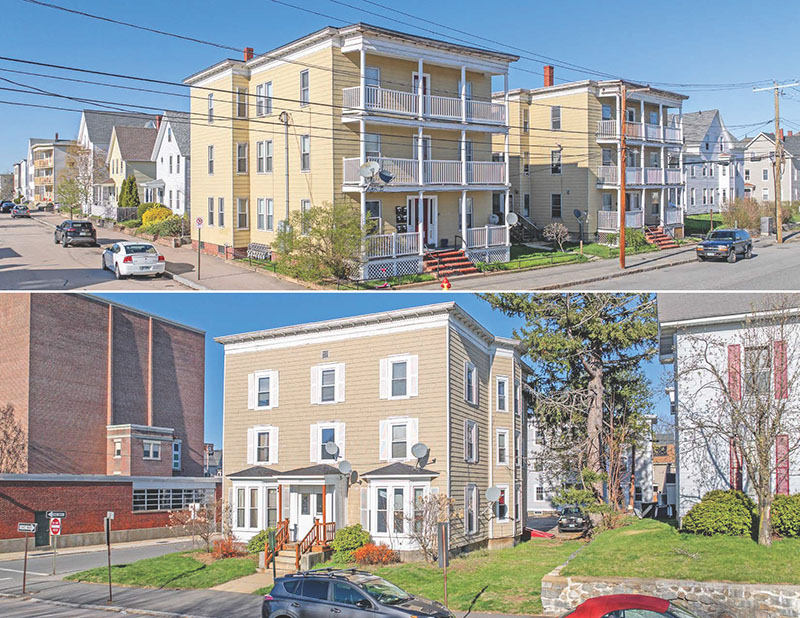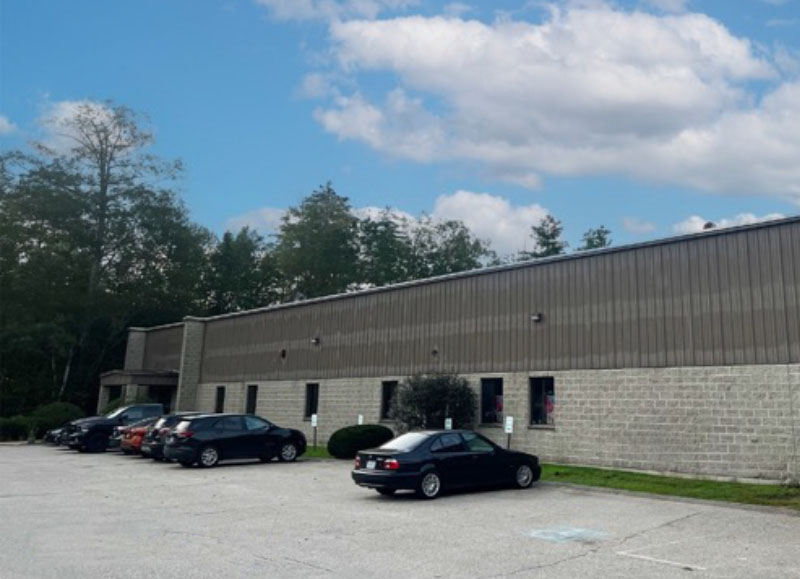News: Northern New England
Posted: September 5, 2013
Looking at the Affordable Care Act: Effective long-term planning is essential to employers
While most of the attention on the Obama administration's health care law has been on providing coverage to tens of millions of uninsured Americans by 2014, workers with employer-paid health insurance will feel the effects. The Affordable Care Act's "Cadillac" tax won't go into effect until 2018, but it's already causing trouble. Companies hoping to avoid the tax are beginning to scale back the more generous health benefits they have traditionally offered and to look harder for ways to bring down the overall cost of insurance.
Beginning in 2018, a 40% non-deductible excise tax will be imposed on the value of health insurance benefits exceeding a certain threshold. The thresholds are $10,200 for individual coverage and $27,500 for family coverage (indexed to inflation). The thresholds increase for individuals in high-risk professions and for employers that have a disproportionately older population. The "Cadillac" thresholds are indexed to inflation, but healthcare costs have historically increased at a faster pace than inflation, so it will hit an increasing number of employers each year. According to Kaiser Family Foundation, in their 2012 Employer Health Benefits Survey the average cost of healthcare plans in 2012 was $5,615 for individuals and $15,745 for families. Unless employers make significant changes to their plans most will exceed the "Cadillac" tax limits imposed under the plan. As an example, a company with 200 employees, assuming 8.5% cost of insurance annual increase (fairly average in today's marketplace), could pay upwards of $450,000 in taxes under the plan.
In Massachusetts the tax could ensnare small business owners, police officers and even teachers. That's the conclusion of a new study by a Massachusetts think tank, the Pioneer Institute. The report says that the Cadillac tax will affect well over 50 percent of workers in Massachusetts. This is partially due to the fact that Massachusetts health insurance rates are the highest in the country. Middle income workers with high-value health plans, such as those who work for the state, municipalities or who belong to unions, are likely to be impacted by the tax, the report found.
According to the most recent Rasmussen poll, most voters continue to have an unfavorable opinion of the health care law, and believe it will increase the nation's deficit and drive up health care costs. Forty-one percent of likely voters have at least a somewhat favorable impression of the health care law, while 54% view it unfavorable, according to a new Rasmussen Report. This includes 20% with a very favorable opinion of the law and 39% with a very unfavorable one.
Proponents of the law say the Cadillac tax is helping bring down costs by making employers pay attention to what their health care costs are likely to be in the long run. "It's really one of the most significant provisions in the Affordable Care Act," said Jonathan Gruber, the M.I.T. economist who played an influential role in shaping the law. "It's focusing employers on cost control, not slashing."
However you look at this provision in the Affordable Care Act, planning is essential to all employers who provide health insurance to their employees. Effective long term planning could save companies tens of thousands of dollars in taxes, while giving employees time to adjust to the new world order under the Affordable Care Act.
Spencer Macalaster is a executive vice president and real estate practice leader with Risk Strategies Co., Boston.
Tags:
Northern New England
MORE FROM Northern New England
PROCON and Hitchiner break ground on 57,000 s/f shared services operations facility
Milford, NH Hitchiner, in partnership with PROCON’s integrated design and construction team, has officially broken ground on a new 57,000 s/f shared services operations facility at its Elm St. campus. This building will house value-added services used across Hitchiner’s various business units,








.png)